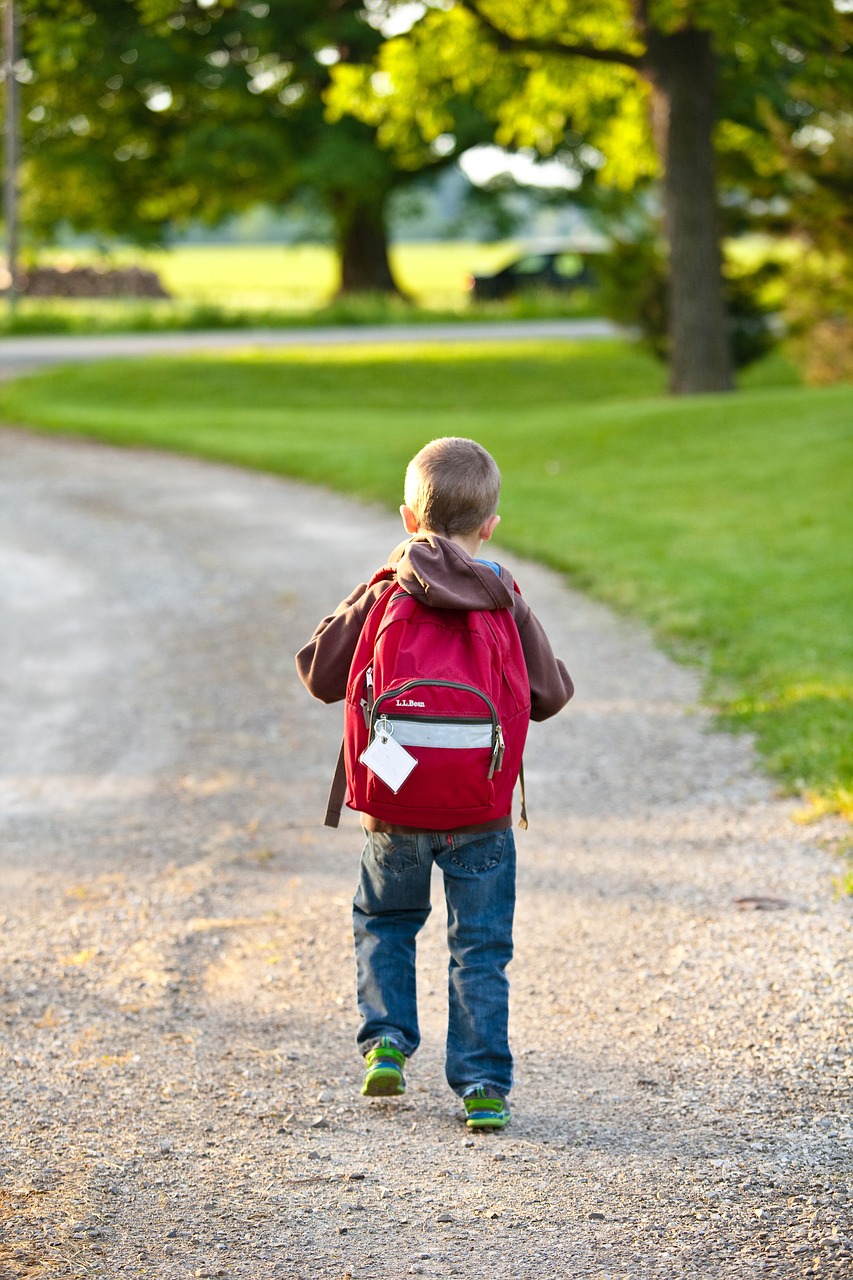1. Make lists.
 The first thing to do when budgeting for back to school is to figure out what your kids will need for the new academic year. Some teachers send home lists of needed and suggested supplies before the school year begins, others wait to distribute a list until classes start.
The first thing to do when budgeting for back to school is to figure out what your kids will need for the new academic year. Some teachers send home lists of needed and suggested supplies before the school year begins, others wait to distribute a list until classes start.
Getting a list and sticking to it will help you avoid buying items your child doesn't need. Using a list can also help you avoid temptation while shopping for supplies. Some school supplies, such as colorful gel pens and flashy folders and binders, look fun but also tend to have a higher price tag than more basic (and usually more useful) supplies. Depending on how much you have to spend on back to school this year, you might have some wiggle room to let your kids get one or two fun things. If not, your best bet is to only buy the things they absolutely need for class.
2. Look for other areas in your household budget to cut back on.
Another key component of putting together a back-to-school budget is figuring out how you will cover the expenses. If you currently use a budget, take a look at it to see if you can make adjustments to one category to make room for your back-to-school purchases. If you don't currently have a budget, now is a great time to make one.
Budgeting helps you get a sense of control over your money. When you have a budget, you can clearly see how much you are bringing in and where you are spending your money each month. You can make adjustments to your spending as needed to help yourself reach financial goals.
Once you have an idea of how much you have to spend on back-to-school shopping, you can compare that amount to the cost of the supplies your kids will need. If the amount you've budgeted is less than the price of school supplies, you have some options.
3. Follow these tips to stay on budget.
You've added up how much school supplies, clothing, extracurricular fees, and other school-related expenses will cost, per child, and it's a lot. You don't quite have the funds in your budget to cover all the costs. What to do now?
 First, take a look at what you already own. You might find that the book bag your kids used last year is still usable this year or that you have leftover pencils and folders that they can put to use.
First, take a look at what you already own. You might find that the book bag your kids used last year is still usable this year or that you have leftover pencils and folders that they can put to use.
Holding a school supply swap with neighboring families and friends is another way to cut your back to school spending. You might have supplies lying around at home that your kids don't need this year, but that someone else might. Or, you might have clothing your kids have outgrown. A friend with older children might have the schoolbooks your kids need this year. Swapping with other families lets everyone get what they need, without having to spend a cent.
You might also find it worthwhile to take advantage of the sales on school supplies that are common at this time of year. Also, remember that some stores are cheaper than others or will offer to match prices with competitors. That way, you won't have to drive all over town, going to multiple retailers to get the best price on supplies.
4. Space out your spending.
 Although back to school comes just once a year, that doesn't mean that you need to get everything your children need all at once. In some cases, it makes sense to spread out your spending and budget some money for school needs during each month of the year. For example, if your children play a sport in the spring, it makes more sense to buy their gear later on, rather than in the fall. The same is true for winter clothing or spring clothing. There's no need to budget for a heavy winter coat in August or to try to shop for warm hats and gloves at the end of the summer.
Although back to school comes just once a year, that doesn't mean that you need to get everything your children need all at once. In some cases, it makes sense to spread out your spending and budget some money for school needs during each month of the year. For example, if your children play a sport in the spring, it makes more sense to buy their gear later on, rather than in the fall. The same is true for winter clothing or spring clothing. There's no need to budget for a heavy winter coat in August or to try to shop for warm hats and gloves at the end of the summer.
The cost of back to school might seem daunting, but with some planning and patience, you can make it work with your budget and fit into your family's overall financial plan.